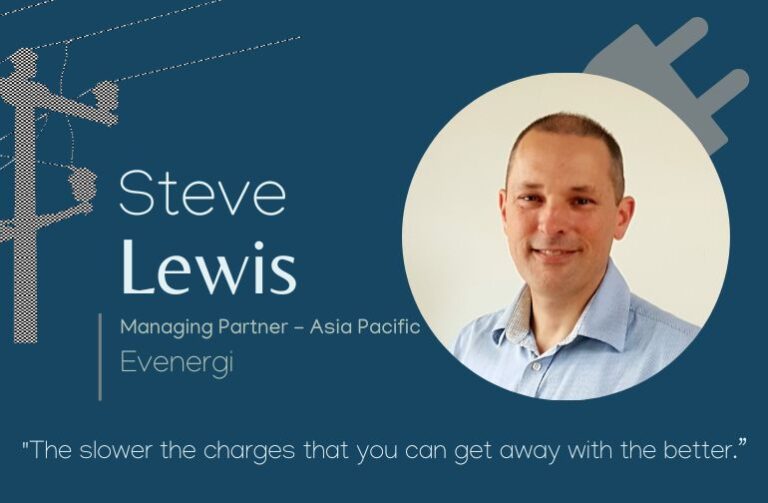Fleet News Group podcast host Caroline Falls talks with Evenergi managing partner Steve Lewis about how rapidly the climate has changed for EV adoption in the last six months, since his in-depth presentation at the AfMA fleet conference in May.
Click here to listen to the full podcast on Spotify. Or click here to listen on Apple Podcasts.
“The thing that’s really sparked it is probably led to a degree by the federal government,” said Lewis, referring to the ousting of the Coalition by Labor at the last election and the new leadership’s ambition to accelerate the transition to low-emission transport.
“Also the amount of vehicles that are now just starting to become available is opening up a lot more options,” said Lewis commenting on how times have changed. “We’re starting to get the interest of the commercial market too, a lot of interest from logistics companies and other people with large complex fleets,” he added.
Evenergi was founded about five years ago by Dan Hilson with a mission to help fleets to transition to zero emissions options. Its clients include some of the country’s most advanced and progressive governments — The ACT Government and the NSW Government.
“Our business expanded to basically help people on the entire journey of that process all the way from the first phases of working out what’s the transition framework, and more of an advisory type piece of work, all the way through to then which software can help you to model detailed design and then to actually operate depots and do smart charging and demand management,” said Lewis.
Evenergi has expanded into the US, the UK and India.
Talking about the rollout of EV charging infrastructure, Lewis said it was fantastic to see all levels of government — local, state and federal — cooperating on plans, as well as the commitments of big companies like Ampol.
“Now each state has at least some level of plan and strategy and is starting to look at linking up the differences. That’s the key thing … with all of that infrastructure it needs to have that level behind it, where there is someone who’s done that demand planning about where the routes are, and where the grid is and then making sure that you put in the charging infrastructure in the places where it’s going to be needed to enable people to get from one destination to another and then make that inclusive of all parts of Australia being a very big country where long distance driving is required to move from one place to another.”
Lewis said Evenergi’s submission to the National EV Strategy consultation calls for building of a platform that will show the whole national charging infrastructure that can be used by drivers to see where various types of chargers are located nearby, and if they’re available and functioning. Present platforms have gaps. Such a platform could also be used to collect data for billing providers, he said.
To be sure, Australia should avoid the multiplicity of closed networks that the U.K. has, where drivers need several apps to identify the nearest available charger, said Lewis.
Talking about new electric vehicles on the horizon for Australia, Lewis said he’s most excited about the coming LDV T60 utility.
“That’s the first ute that’s going to be available in Australia. It’s a massive part of the Australian fleet, and today it has had no solution that is a zero emissions alternative, so super exciting to start to see some of those.”






